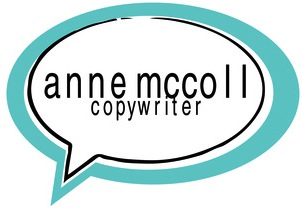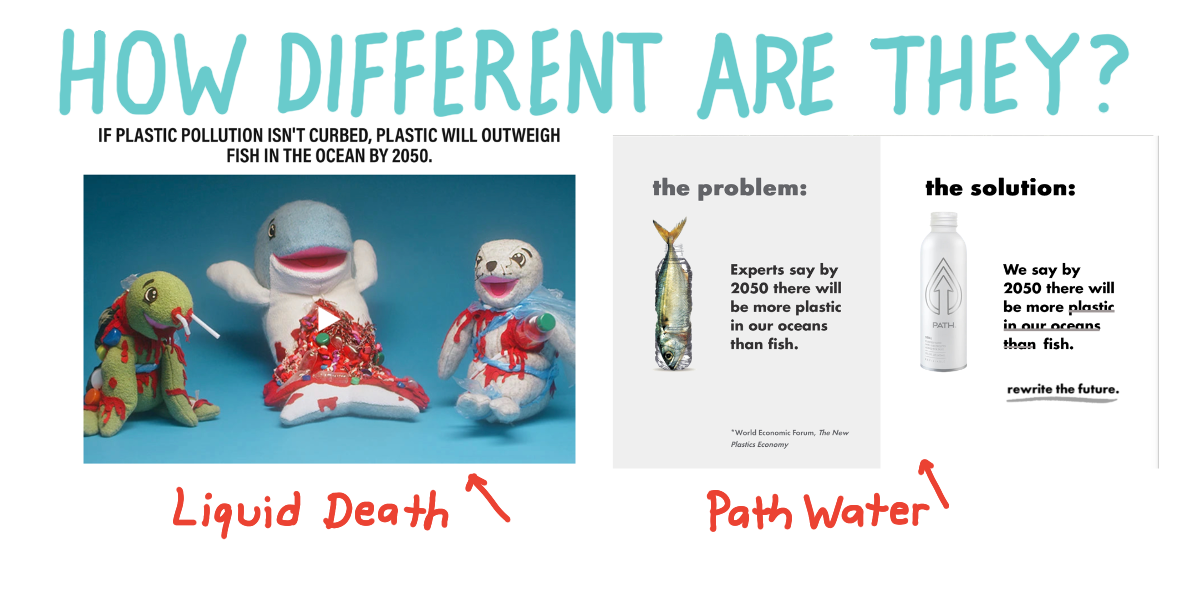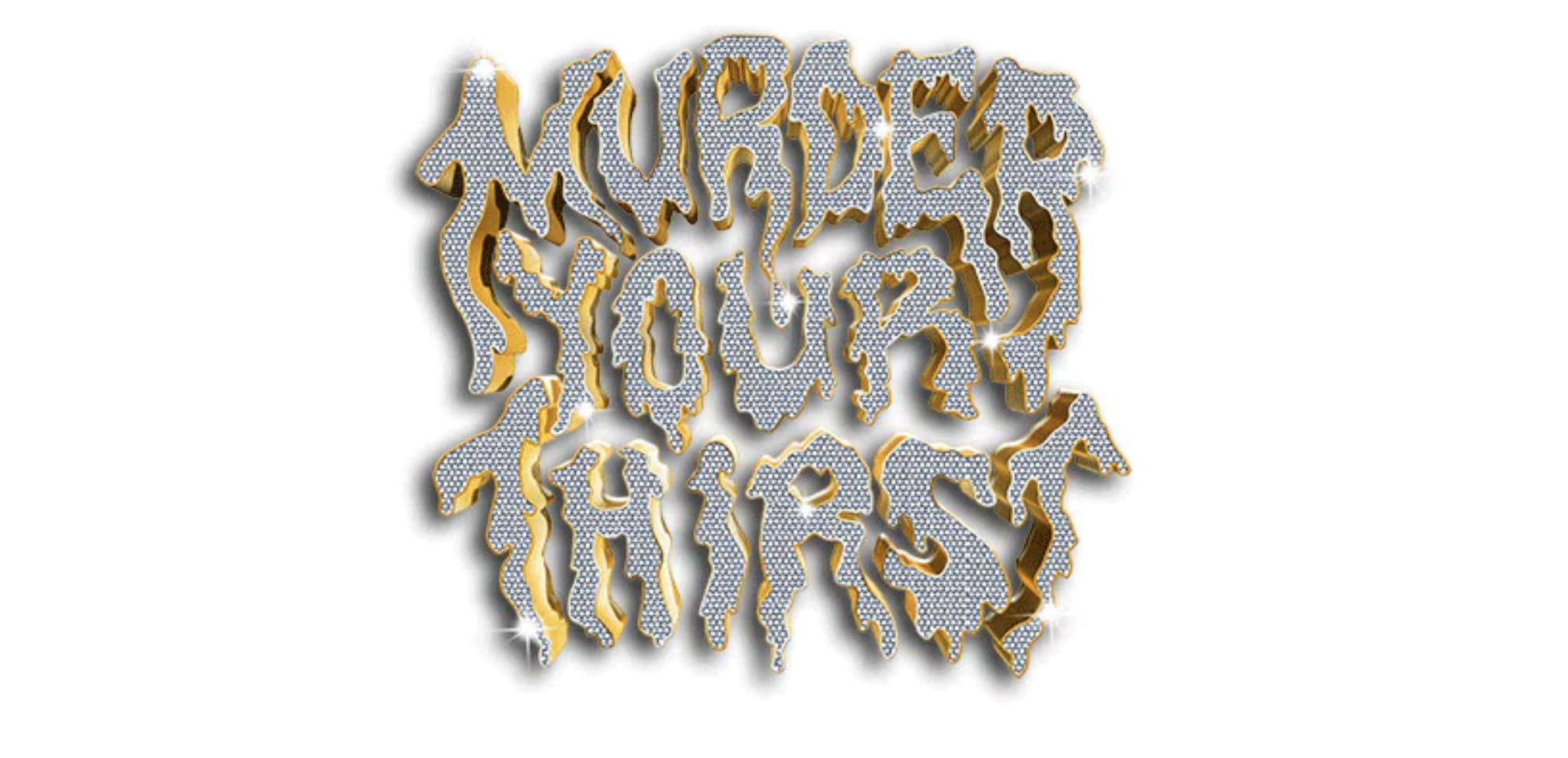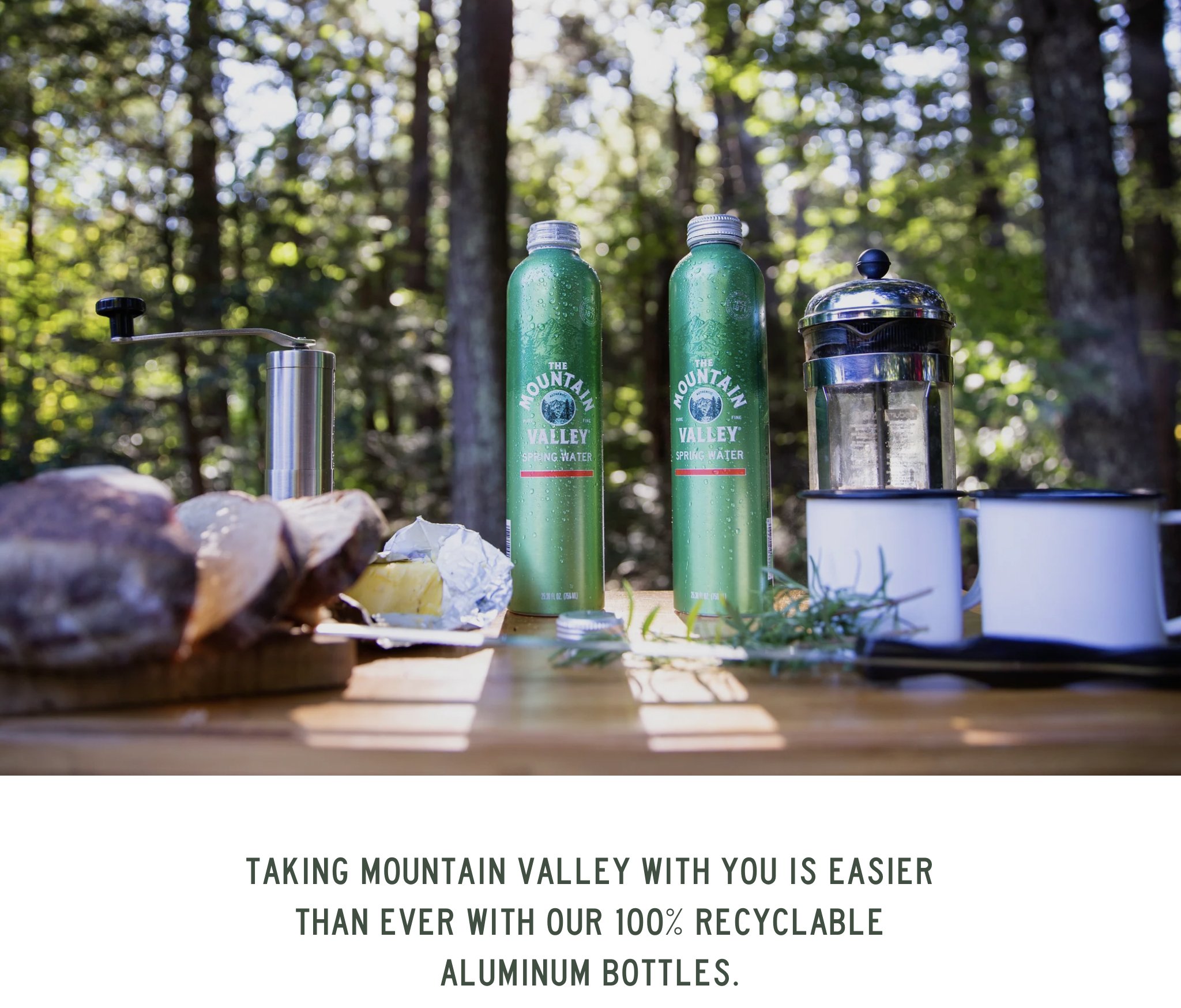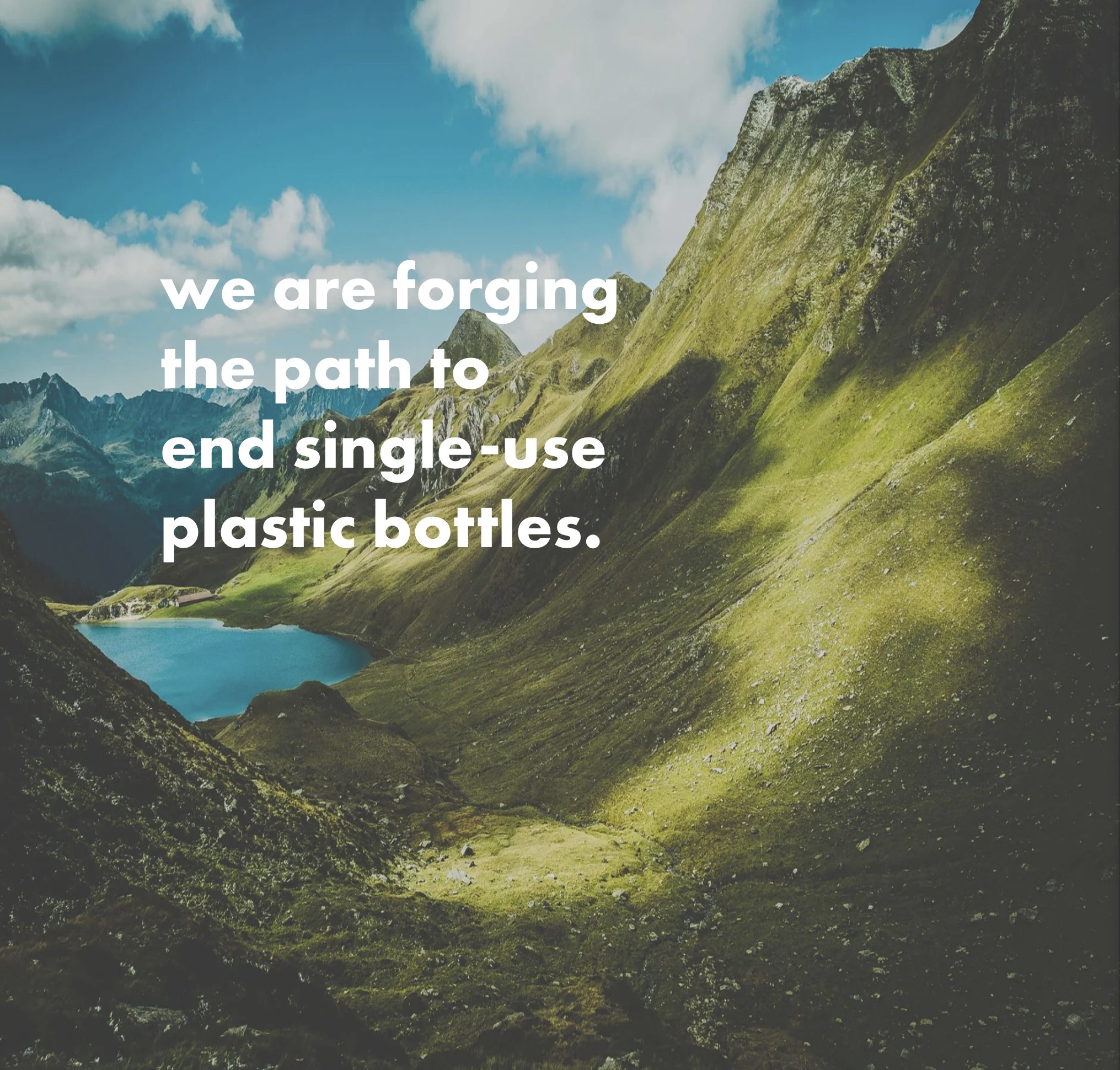You know, I've noticed a fascinating trend over the past few years – the rise of water, with sparkling waters, and flavored waters in aluminum cans. I must say, I'm a big fan of this movement. (Although, I did have a minor mishap when I hurriedly grabbed a variety box of canned flavored sparkling waters for a kids' camping trip, only to discover it was canned cocktails! Lesson learned: Always read those labels carefully.)
Now as a freelance copywriter in San Diego, the biggest lesson I can teach is how a brand can differentiate themselves. So let's dive into the intriguing world of water in cans and see how three different players position themselves in a similar category and see what lessons we can learn.
Liquid Death
The very mention of Liquid Death and a glance at its branding had me initially thinking it was some hip craft beer. (Oh, those misleading labels!)
The inspiration for Liquid Death struck when Mike Cessario attended an alternative music event sponsored by Monster Energy in the 2000s. Surprisingly, the thirsty bands craved water, not energy drinks. So they poured water into empty Monster Energy bottles to please the sponsor. That got Mike pondering: why can't water be cool and branded differently?
Fast forward to the late 2010s, and Mike found himself at a music festival surrounded by an ocean of plastic waste, much of it crushed water bottles. "The beverage industry has a problem," he thought. (Okay, I admit, I made up that quote.)
Mike, a former advertising guru from agencies like Crispin Porter & Bogusky and VaynerMedia, created Liquid Death – water that rocks the aesthetics of craft beer, housed in an aluminum bottle, complete with craft beer-like branding.
The rallying cry: Death to plastic.
"We're just a quirky beverage company that despises corporate marketing as much as you do. Our diabolical mission is to tickle people's funny bones while persuading them to sip on healthier beverages more frequently, all while aiding the fight against plastic pollution."
Questions to ask: Can you draw inspiration from a different industry, be it in marketing or product delivery, to attract a fresh demographic? Maybe a bit of cross-pollination is what your brand needs to flourish.
Liquid Death may have hit the jackpot with its branding, but by taking a stand against plastic and championing the recyclable aluminum can (which oddly resembles a craft beer can), it's made a real splash in the water market.
Mountain Valley Spring Water
Mountain Valley Spring Water has been quenching thirsts since 1871, drawing water from the heart of the Ouachita Mountains at its source.
The signature move has always been delivering water in glass containers, steering clear of the plastic debacle. However, the brand recently decided to venture into the realm of aluminum bottles, offering a more portable, recyclable option. (After all, lugging a glass bottle on a day of fishing isn't ideal.)
The rallying cry: From the source.
Mountain Valley presents its award-winning premium spring water in bottles that tag along wherever you roam. These 100% recyclable aluminum bottles are your go-to for the pool, beach, hiking trails, and all the adventures in between. It's the latest innovation from a brand that's been bottling from the same spring source since way back in 1871.
Questions to ask: Is there a product or service you could provide to meet shifting customer preferences? Is expanding your offerings worth it, even if it complicates things a tad? What's the cost of not evolving?
This is a classic example of an existing brand in a new category broadening its product line to keep pace with industry innovations.
Path Water
In 2014, three friends decided to embark on a mission to save the environment by tackling the problem of single-use water bottles. Thus, Path Water was born, blazing a trail as the first bottled water packaged in a certified refillable, 100% recyclable, BPA-free aluminum bottle.
These pioneers literally knocked on doors to secure their first store placements (high-five, 7-11!). After a rebranding effort, several investors, including the ever-flamboyant chef Guy Fieri, jumped on board, and they forged collaborations with iconic brands such as the National Parks, Oliver Peoples, and The Tonight Shoes. Not to mention they scored exclusive licensing deals with Nickelodeon and Hasbro; as of 2023, they're even teaming up with Barbie. Their customizable bottles open up doors for all kinds of small brands to join the party.
The rallying cry: We're forging the path to end single-use plastic bottles.
"We're on a mission to make the future sustainable by being the go-to bottled water that helps everyone kick the habit of single-use plastic bottled water. Every day, we fuel this revolution as global consumer demand skyrockets for sustainable and reusable choices in bottled water packaging."
Questions to ask: Can you reimagine how business is conducted? Path wasn't content with creating just another single-use container. Can you offer customization in your product? (Of course, if you're in the service industry, you might already be customizing your offerings.)
In the grand tapestry of water brands, Path Water stands out as a beacon of sustainability, innovation, and collaboration.
So there you have it, three distinct perspectives from the world of water brands. Each one has found its unique path to success, and perhaps there are lessons we can all draw from their journeys. And remember, always read those labels!
